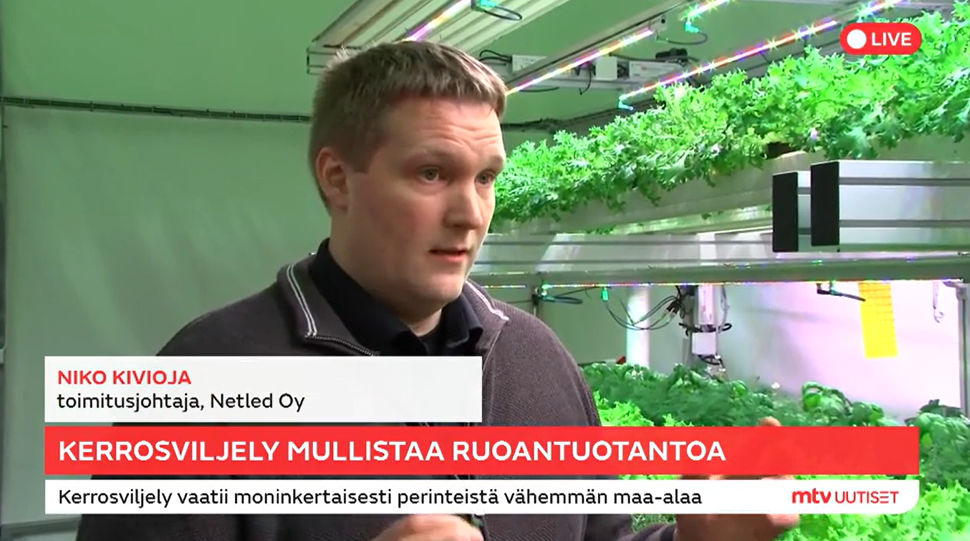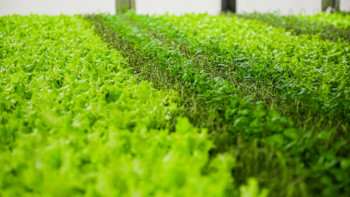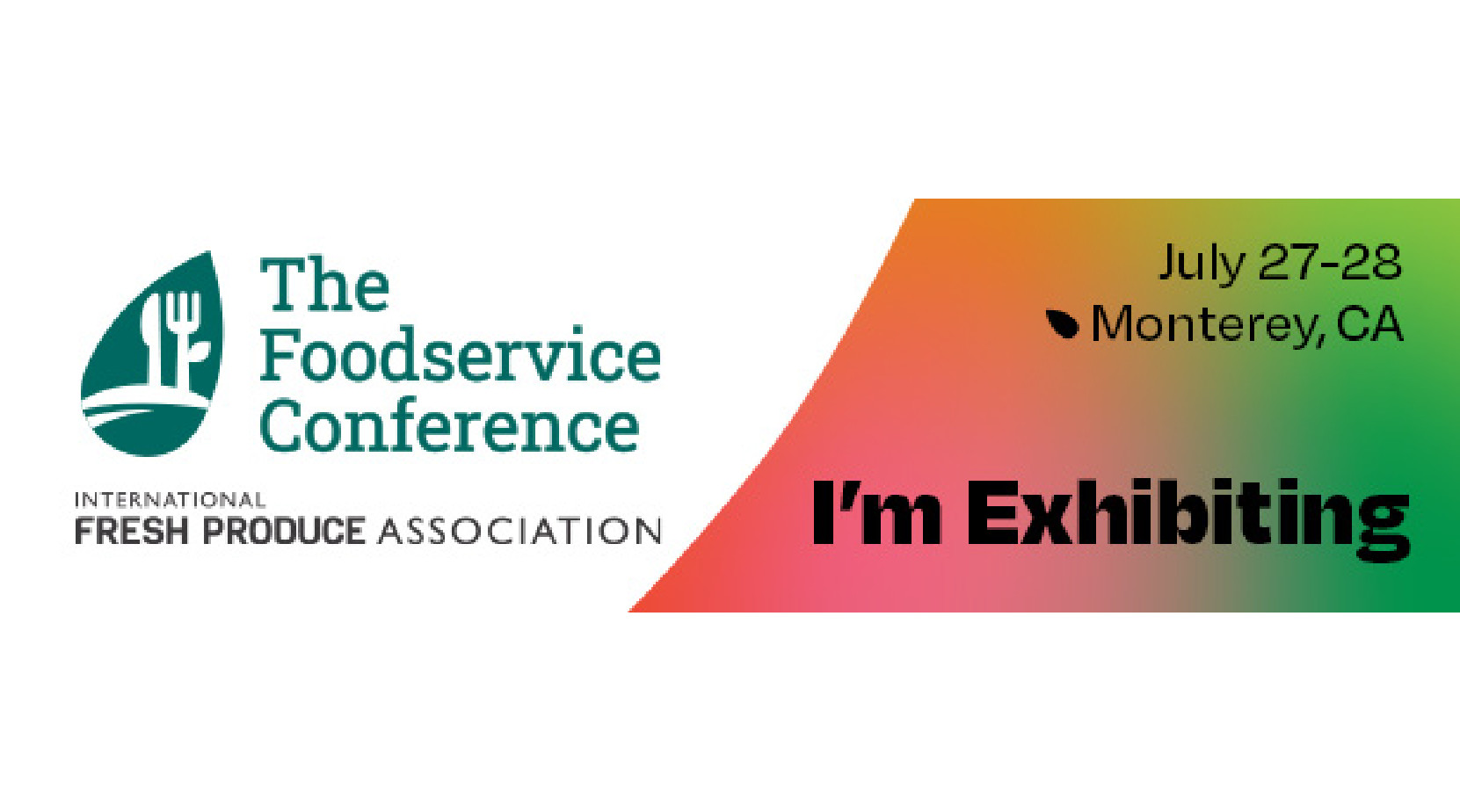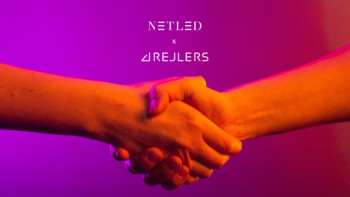Netled and its world-leading Vera vertical farming technology is news on MTV, Finland’s second largest TV channel.
The interview (in Finnish) focuses on the efficiency and sustainability of Vera vertical farming technology and how such technology will help to feed a world population of possibly 10 billion by 2050.
Netled CEO, Niko Kivioja, highlights the importance of funding in science and technology: When the big money moves in a certain direction and is poured into R&D, miracles begin to happen.
Weather removed from the equation
“We are standing in a completely encapsulated growing environment, which means that we have removed all possible weather conditions and we grow crops in a completely artificial environment.” explains Netled CEO, Niko Kivioja.
Vertical farming allows food production close to both the store and the customers, resulting in a significant reduction in food mileage, and the stacked nature of the technology requires very little space.
“The most significant differences between vertical farming and traditional agriculture are resource consumption and efficiency: we use about 60% less energy, 95% less fresh water, and yet we produce about 2.5 times the amount of crops per given area.
Globally, lettuce is grown over an area of 12 000 km2 in open-field agriculture. To grow the same amount of lettuce with our Vera system, we would need only 115 km2 and we don’t even need a field – it can be grown anywhere.” Kivioja continues.
“Unlike in greenhouses where the warm moist air is released into the atmosphere and the space is continually heated, in our Vera vertical farming system we capture and recycle the moisture back into the system. We are also able to capture the heat in the air and use that to heat the closed system. This means that the only energy we use is the energy required to power the LED lamps.” Kivioja explains.
Wavelength and growth control with LEDs
Netled’s LED lighting system can increase the speed of growth by as much as 30 – 40% compared to traditional greenhouse systems.
LED lights are significantly more energy efficient than traditionally used high-pressure sodium lamps. The wavelengths of light emitted by LEDs can also be modified allowing the necessary light density and quality for the plants to be easily controlled.
“Our history is founded in LED lighting research and production. We use different spectra in our LED lighting systems: blue and red are standard, but we can also use the far-red spectrum to control the growth of the plants upwards and outwards, and we can even instigate the flowering of strawberries”, Kivioja says.
Future food production with vertical farming
The interview also features Hanna Tuomisto, Assistant Professor at Helsinki University, who is in charge of a project to create more sustainable food systems.
In the interview Tuomisto mentions that food systems are linked to every sustainability challenge we face and that over 80% of depletion in natural diversity is a result of food systems and agriculture production.
She mentions how vertical farming systems help in reducing the run-off from open field agriculture, which contains phosphorus and nitrogen and eventually ends up in the water table.
She also estimates that by 2050 climate change will make open-field agriculture more difficult, which will probably result in vertical farming systems playing a much bigger role in food production.
Check out the entire feature (in Finnish) on the MTV News website.





